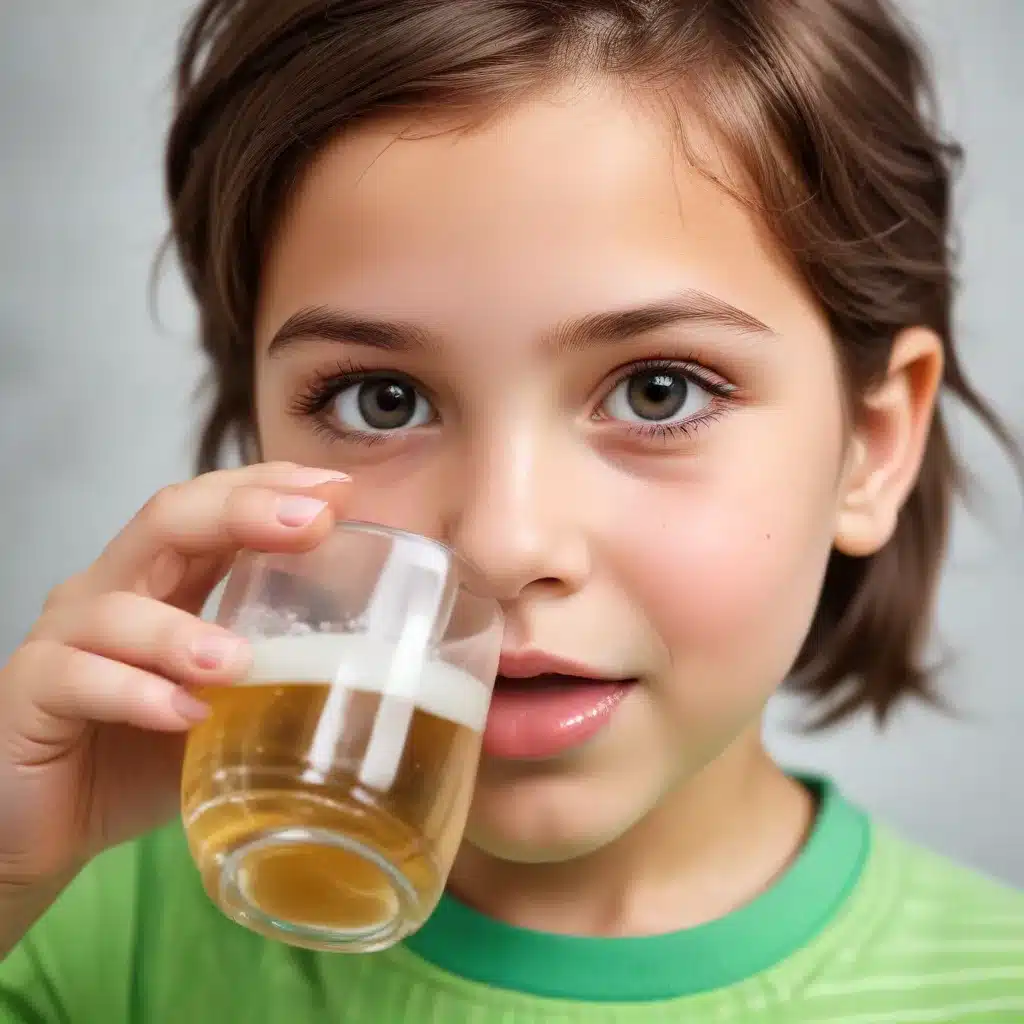
The Global Picture
A new comprehensive global analysis has revealed concerning trends in sugar-sweetened beverage (SSB) intake among children and adolescents worldwide. The study, published in The BMJ, examined SSB consumption patterns across 185 countries from 1990 to 2018, providing vital insights to inform policies and interventions aimed at promoting healthier dietary habits in young people.
The researchers found that, on average, SSB intake among 3- to 19-year-olds increased by nearly 23% globally during this period. In 2018, the mean global intake stood at 3.6 servings per week, equivalent to a standard 8-ounce serving. However, this figure masked dramatic regional disparities, with intakes ranging from just 1.3 servings per week in South Asia to a staggering 9.1 servings per week in Latin America and the Caribbean.
Worryingly, the analysis identified 56 countries (30% of those studied) where young people consumed an average of 7 or more servings of SSBs per week – representing a staggering 238 million children and adolescents, or over 10% of the global youth population.
“These findings should raise alarm bells in nearly every nation worldwide,” warned senior author Dariush Mozaffarian, Jean Mayer Professor of Nutrition at the Tufts University Friedman School of Nutrition Science and Policy. “The intakes and trends we’re seeing pose a significant threat to public health, one we can and must address for the future of a healthier population.”
Factors Influencing SSB Intake
The researchers examined how various sociodemographic factors influenced SSB consumption patterns among young people. Their analysis revealed several key insights:
Age
Older children and adolescents tended to have higher SSB intakes than their younger counterparts. For instance, 15- to 19-year-olds in Latin America and the Caribbean and the Middle East and North Africa consumed over 11 servings per week on average.
Urbanicity
Young people living in urban areas consumed significantly more SSBs than their rural counterparts, with mean intakes of 4.6 and 2.7 servings per week, respectively.
Parental Education
Intriguingly, the highest SSB intakes were observed among children and adolescents of parents with higher levels of education, particularly in urban settings. Globally, this group consumed an average of 5.15 servings per week, representing over 11% of the world’s youth population.
“This study highlights the need for targeted education and policy interventions to change behavior early on and prevent the adverse outcomes associated with sugar-sweetened beverage intake in childhood,” said first author Laura Lara-Castor, a postdoctoral scholar at the University of Washington.
Regional Trends
The analysis also revealed striking regional differences in SSB intake trends over time. While most parts of the world saw steady increases from 1990 to 2018, some regions bucked this trend:
Sub-Saharan Africa
This region experienced the largest increase, with average weekly servings growing by an astonishing 106% to reach 2.17 servings per week by 2018.
Latin America and the Caribbean
After an initial decline from 1990 to 2005, intakes in this region rebounded, increasing by 10.7% from 2005 to 2018.
High-Income Countries
Intakes in high-income nations increased by 29.1% from 1990 to 2005 but then decreased by 24.1% from 2005 to 2018, likely due to growing public awareness and policy efforts aimed at curbing SSB consumption.
These regional variations underscore the complex and multifaceted drivers of SSB intake, which can include factors such as economic development, food system transformation, and the influence of multinational corporations and marketing strategies.
Implications and Interventions
The researchers emphasize that the alarmingly high and rising SSB intakes among children and adolescents worldwide pose a significant threat to public health. Excess consumption of these sugary drinks is strongly linked to an increased risk of obesity, type 2 diabetes, cardiovascular disease, and other noncommunicable diseases – conditions that can have serious lifelong consequences.
“Sugary beverages increase weight gain and risk of obesity, so even though kids don’t often develop diabetes or cardiovascular disease when they are young, there could be significant impacts later in life,” warned Lara-Castor.
To address this pressing issue, the researchers call for a multifaceted approach, including targeted education, policy interventions, and community-based initiatives. Strategies such as taxation on SSBs, restrictions on marketing and sales in schools, and front-of-package labeling have proven effective in reducing intake, particularly among young people.
“Our findings should inform current and future policies to curb SSB intakes, adding to the UN’s 2030 Agenda for Sustainable Development for improving health and wellbeing, reducing inequities, responsible consumption, poverty, and access to clean water,” said Mozaffarian.
As the Stanley Park High School community, we have a vital role to play in promoting healthier beverage choices and educating our students and families on the importance of limiting SSB consumption. By taking proactive steps and advocating for evidence-based policies, we can help protect the health and wellbeing of our young people both now and in the years to come.
Conclusion
The comprehensive global analysis of SSB intake trends among children and adolescents paints a concerning picture, with alarmingly high and rising consumption levels in many parts of the world. Addressing this public health challenge will require a collaborative effort involving policymakers, educators, healthcare professionals, and the wider community.
By raising awareness, implementing targeted interventions, and advocating for effective policies, we can empower our young people to make informed choices and build lifelong healthy habits. Together, we can work towards a future where all children and adolescents have the opportunity to thrive, free from the detrimental effects of excessive sugar-sweetened beverage consumption.

